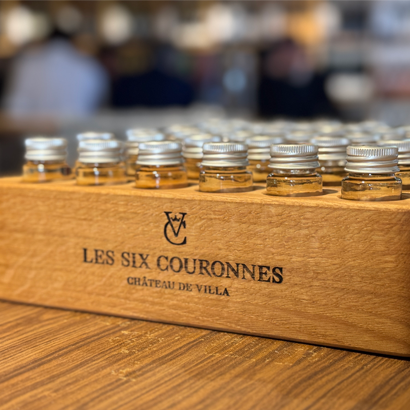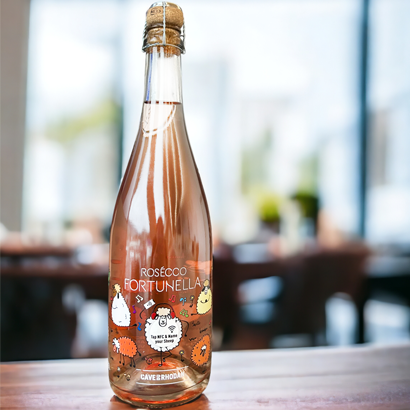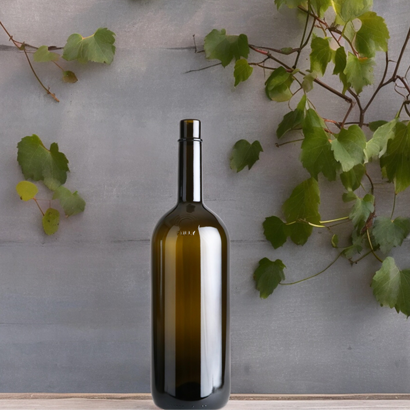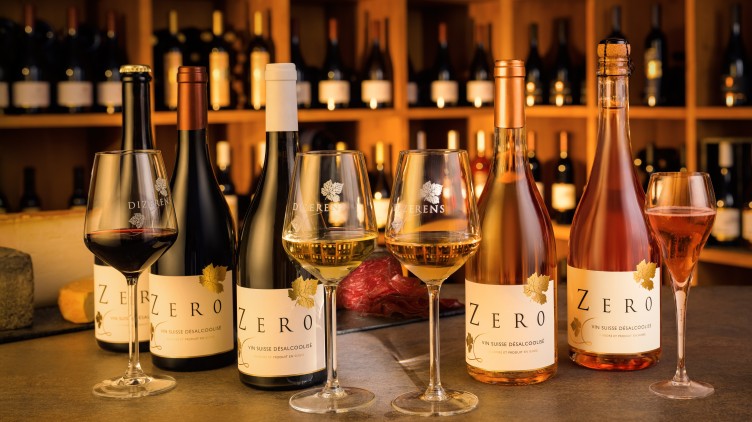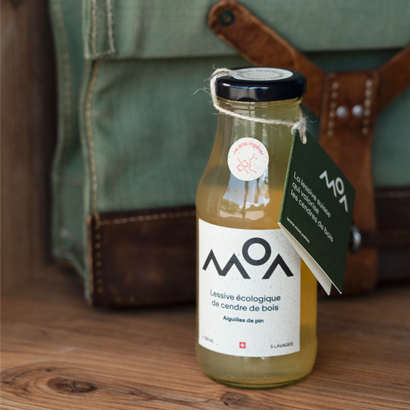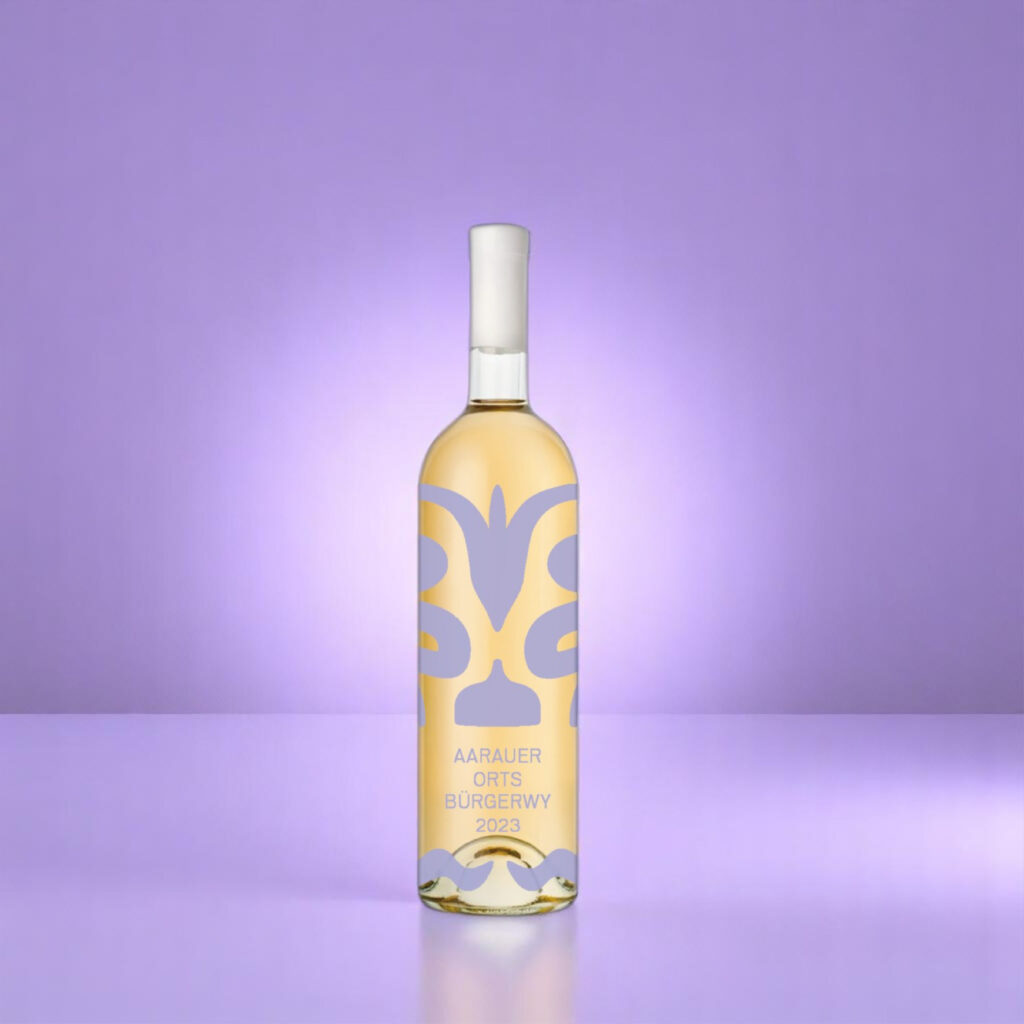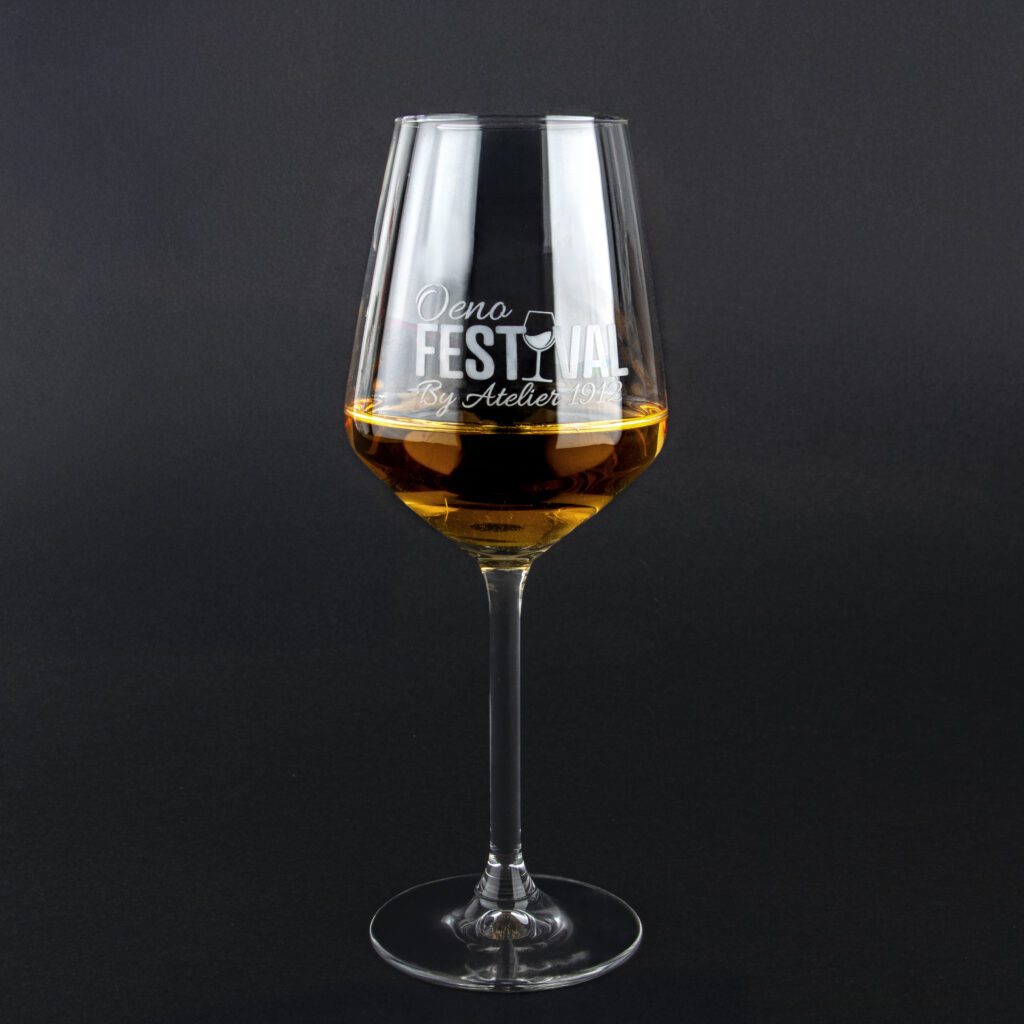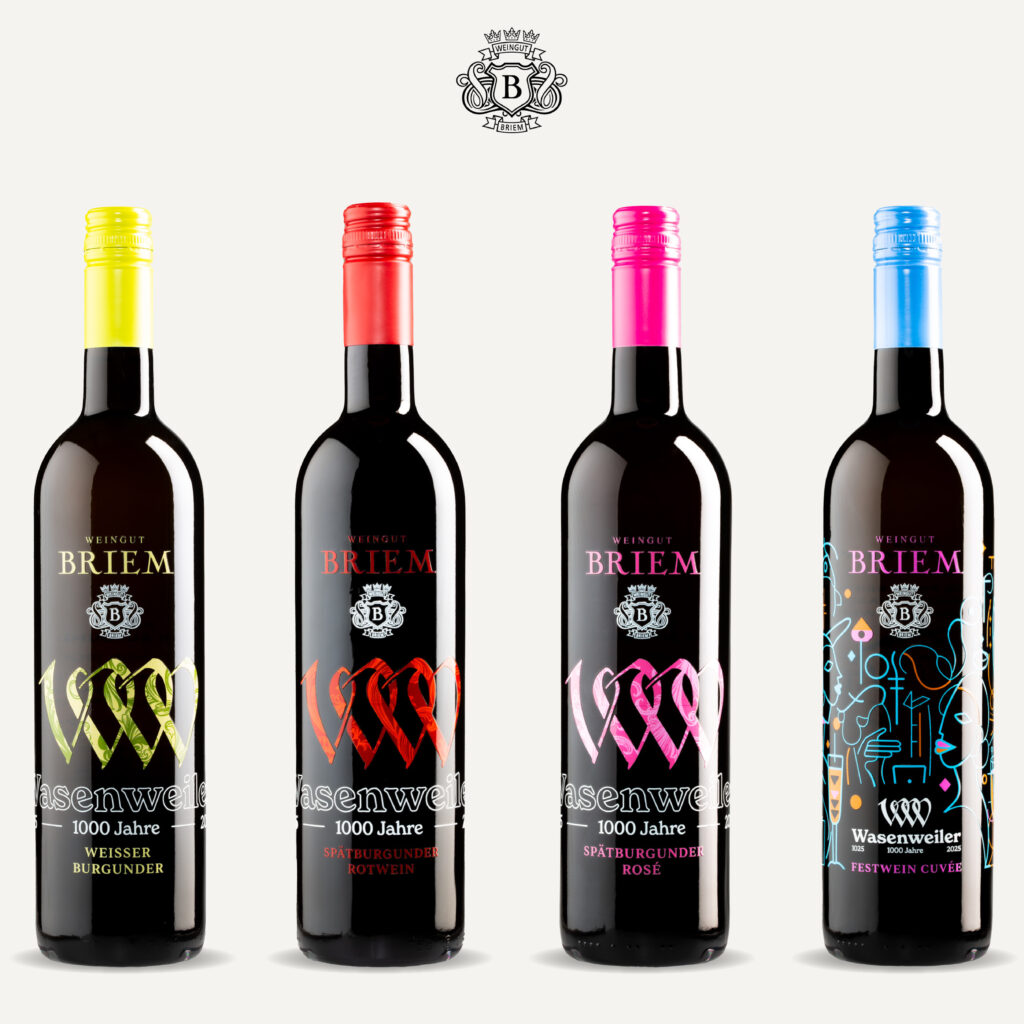Sales: What to do when people are drinking less alcohol – and how you can still sell successfully?
The challenge: A changed market requires new approaches!
The world of alcohol is on the brink of upheaval. For years, everything revolved around tradition and expertise, often tailored to a familiar target group: cultivated connoisseurs who could discuss vintage tables and terroirs. But this era is coming to an end. Wine consumption has been declining for years, and younger generations are no longer attracted by traditional sales strategies.
The harsh reality is that for every lost wine, beer or spirits lover, we need to attract new consumers. But is our approach enough to reach these target groups? Are we ready to rethink and no longer market wine as a product, but as an experience?
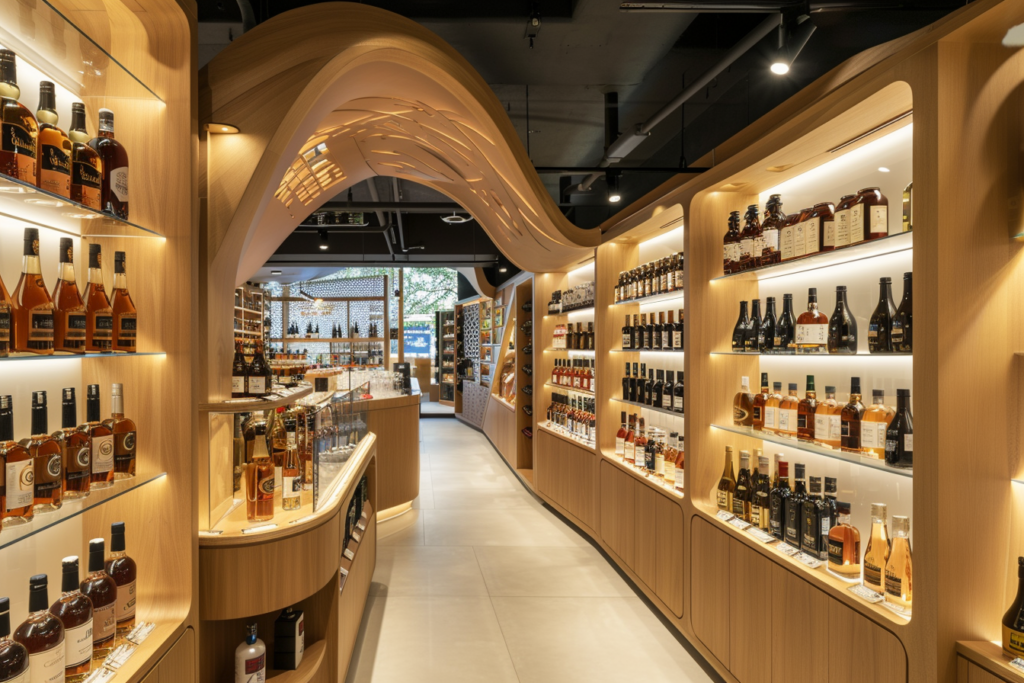
Top packaging trends 2025 for glass packaging
The packaging industry is evolving rapidly to meet the growing demands for sustainability, convenience and technological integration. Glass packaging plays a central role in this.
The importance of packaging design for sales success
In a world where purchasing decisions are often made in a matter of seconds, packaging design plays a central role. It is far more than just a wrapper – it is the first point of contact between product and customer, the face of your brand and a decisive factor in standing out from the competition. A well-thought-out design tells a story, evokes emotions and conveys values. Here are the most important trends for 2025.
Packaging Trends 2025
1. Emotions instead of specialist knowledge: The key to the new target group
In 2025, the focus in packaging design will be realigned: Instead of pure expertise and factual information, emotions will come to the fore. Consumers are no longer just looking for products, but experiences that touch them and reflect their values. Packaging that tells stories, evokes emotions and conveys authentic brand messages is becoming increasingly important. This change reflects the desire of a new target group that is looking for meaningfulness, connection and inspiration. If you want to be successful, you have to learn to win hearts with your packaging, not just minds.
Integration of smart packaging
In 2025, emotionality meets innovation: smart packaging is revolutionizing the way brands interact with their customers. With NFC tags on bottles, packaging not only becomes an information carrier, but also a gateway to a digital world of experience. A simple scan makes it possible to tell personal stories, share background information or provide customized content – exactly what the new target group expects. This technology combines the power of emotion with cutting-edge interactivity and creates a whole new level of brand experience. Brands that integrate smart packaging into their designs appeal not only rationally but also emotionally – and thus secure the attention of tomorrow’s consumers.
Smart Packaging – Successful projects: When emotions meet innovation
2. Sustainability as a cornerstone
Sustainability is no longer an option, but a basic requirement. Glass packaging is an important part of environmentally friendly solutions due to its recyclability, reusability and durability. The European Union has initiated a comprehensive revision of packaging regulations as part of the European Green Deal and the new Circular Economy Action Plan. The aim is to reduce the environmental impact of packaging and promote the circular economy.
The focus is on:
- Recycled glass: Recycled glass is for sustainability because it reduces resource consumption, minimizes CO₂ emissions and supports a closed material cycle that benefits both the environment and the economy.
- Reusable initiatives: Legislation in Europe promotes the reusability of glass bottles. More and more brands are opting for deposit systems and reuse.
- Lightweight glass technology: Reducing the weight of glass bottles to reduce transportation emissions without compromising stability.
Industrial bottle washing as a prime example of sustainability
A glass bottle can be cleaned and reused up to 50 times. If it is refilled twice a year, for example, it will remain in circulation for an impressive 25 years. But it’s not just its longevity that makes it so valuable: every washed bottle saves up to 85% CO₂ compared to the production of a new bottle – a decisive contribution to climate protection and a more sustainable future. Glass therefore combines durability with ecological efficiency.
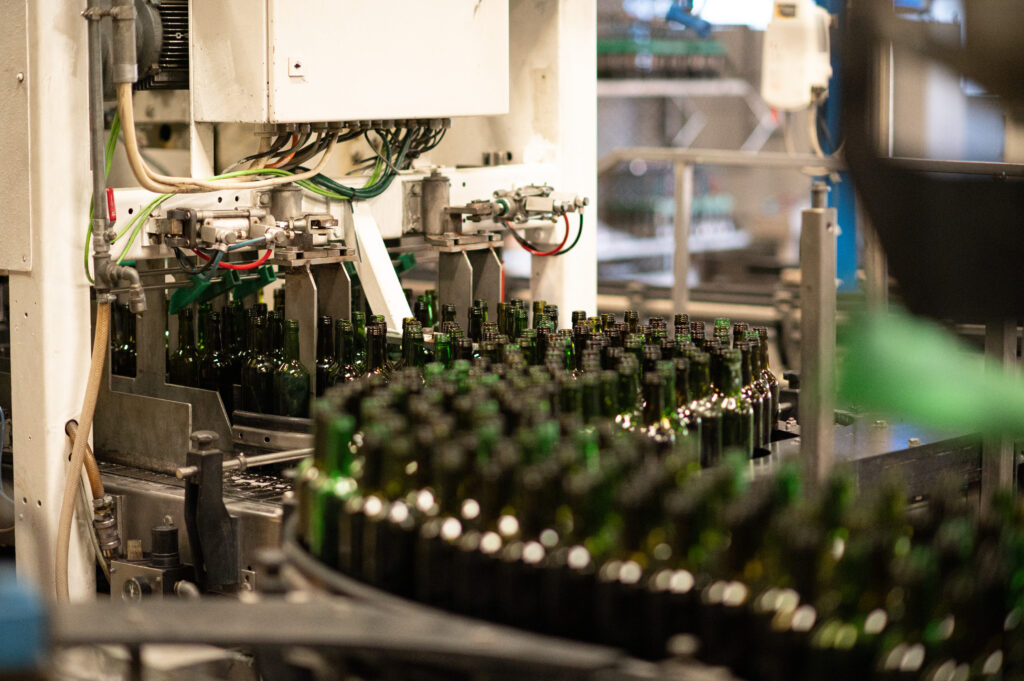
Customization to the needs of customers
To meet the changing needs of customers, Univerre has initiated the reintroduction of the returnable glass bottle system, which offers increased flexibility and efficiency.
- New ergonomic tubs: To make logistics easier for our customers, we are offering the rental of cups, which eliminates the need for cartons and reduces waste. We now offer cups for 75 cl/70 cl (6 pieces) and cups for 50 cl (10 pieces).
- Flexibility in the washing system: Our washing process accepts all bottles with a height of between 289 and 321 mm (all neck finishes) for 75 cl/70 cl bottles, separate delivery according to bottle type: Tradition, Europea, Standard, Harmonie and Vaudoise and 50 cl BVS 30H60 Harmonie wine bottles.
- A washable self-adhesive label: We now supply a high-quality, washable self-adhesive label that reduces the loss rate for bottles from 15% to 5%.
- Complete renovation of the washing center: As the number 1 in Switzerland for industrial bottle washing in Switzerland, Univerre’s washing center was fully renovated and modernized at the end of 2024.
3. Individual bottle shapes: Uniqueness in design
In the competition for attention and recognition, it is often the details that make the difference – and bottle shapes play a key role in this. Individual bottle shapes go far beyond standard solutions and offer brands the opportunity to emphasize their identity and make an unmistakable statement. Whether classy, creative or minimalist – customized designs not only create a visual wow effect, but also a strong emotional connection at the point of sale. In a world that demands authenticity and innovation, having your own bottle shape is the key to sustainable brand success.
- Brand-specific shapes: Unique designs that reflect the character of the product, e.g. elegant curves or textured surfaces.
- Ergonomics and functionality: Designs that are not only visually appealing, but also easy to grip and use.
- Storytelling through form: Bottle shapes that reflect a brand’s tradition, origin or innovation and create an emotional connection.
4. Advanced printing technologies
Modern printing technologies are revolutionizing the design of glass products and opening up a world of creative possibilities. Whether brilliant colors, intricate patterns or personalized designs – the combination of precision and versatility sets new standards in aesthetics and functionality. At the same time, these processes impress with their sustainability, durability and contribution to brand strengthening. Glass thus not only becomes a carrier of content, but also an unmistakable ambassador for your vision.
- Digital printing for individualization: Personalized designs or limited editions can be implemented quickly and cost-effectively.
- Multicolor screen printing: Complex and durable motifs in high quality.
- Haptic print effects: Textured prints that offer an additional sensory experience and reinforce brand values.
5. The trend towards non-alcoholic drinks: enjoyment without compromise
More and more consumers are looking for alternatives to alcoholic beverages – and at the highest level. Non-alcoholic wine, beer and spirits are experiencing a boom, driven by increased health awareness and the desire for conscious enjoyment. Modern production processes make it possible to preserve the aromas and character of classic drinks without relying on alcohol. These innovations not only offer variety, but also appeal to new target groups who value taste, lifestyle and social responsibility. The market shows: Enjoyment is no longer tied to alcohol – it is more versatile than ever.
The trends in glass packaging design for 2025 combine sustainability, individuality and technology. Brands that focus on environmentally friendly materials, innovative designs, advanced printing methods and smart packaging solutions will not only meet consumer expectations, but also position themselves successfully in a highly competitive market.

